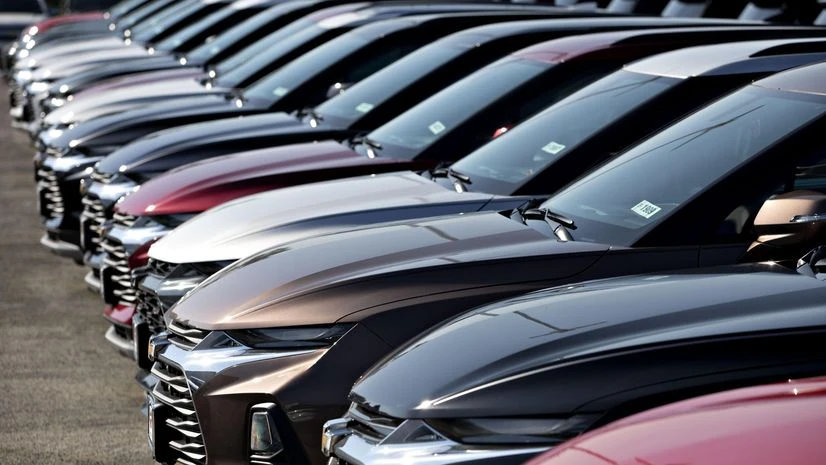New Delhi, Delhi recorded a sizable jump in temperature-related electricity demand in the last 12 months, with peak demand rising by an average of 711 megawatts on the hottest and most humid days, according to a new analysis published on Friday.

The report by the independent think tank Institute for Energy Economics and Financial Analysis said Delhi’s peak power demand rose by an average of 506 MW on cold and dry days but only by 188 MW on days when the temperature and humidity were moderate. The analysis used wet-bulb temperature as a yardstick.
The wet-bulb temperature is the lowest temperature to which a person or object can be cooled solely by the evaporation of water.
“On moderate days , Delhi’s peak demand grew by a modest 188 megawatts , but on the hottest and most humid days , the annual increase was 3.8 times higher at 711 MW,” the report said.
At the other end of the temperature scale, the increase was smaller on very cold and dry days but still significant at 506 MW, or 2.7 times higher than the increase on moderate days.
This suggests that Delhi’s recent power demand growth can largely be attributed to cooling and heating, with more year-round factors playing a far smaller role.
The analysis also revealed a marked increase in the number of very hot and humid days .
“There were 24 such hot and humid days in 2022-23, which jumped to 40 days in the 12-month period just completed,” it said.
WBTs above 35 degrees Celsius have been considered impossible to survive in for more than a few hours.
“Temperature levels which directly threaten human health have been surpassed far more often in this year’s heatwave. Cooling on such days is no luxury; it is life-saving, and reliably meeting electricity demand is of utmost importance,” the note’s author, Charles Worringham, a guest contributor at IEEFA, said.
Given that heatwaves may soon become the norm, the burden of power generation cannot be borne solely by thermal plants, which are operating closer to full capacity than in recent years. IEEFA suggests that India should ramp up utility-scale solar rather than boost thermal capacity.
Worringham said that moderating the rate of growth in power demand is also an urgent goal. This includes prioritising challenging yet vital programmes at the central and state levels to improve energy efficiency for buildings, as well as encouraging demand-side management initiatives through flexible tariffs and other incentives to curb the growth in peak demand.
A prolonged heatwave drove the national capital’s peak power demand to 8,647 MW on June 19, the highest-ever for the city, according to power discom officials.
Delhi, which has experienced 40 consecutive days of temperatures above 40 degrees Celsius since May 13, recorded around 60 heat-related deaths this year, according to media reports.
This article was generated from an automated news agency feed without modifications to text.


)
)
)




